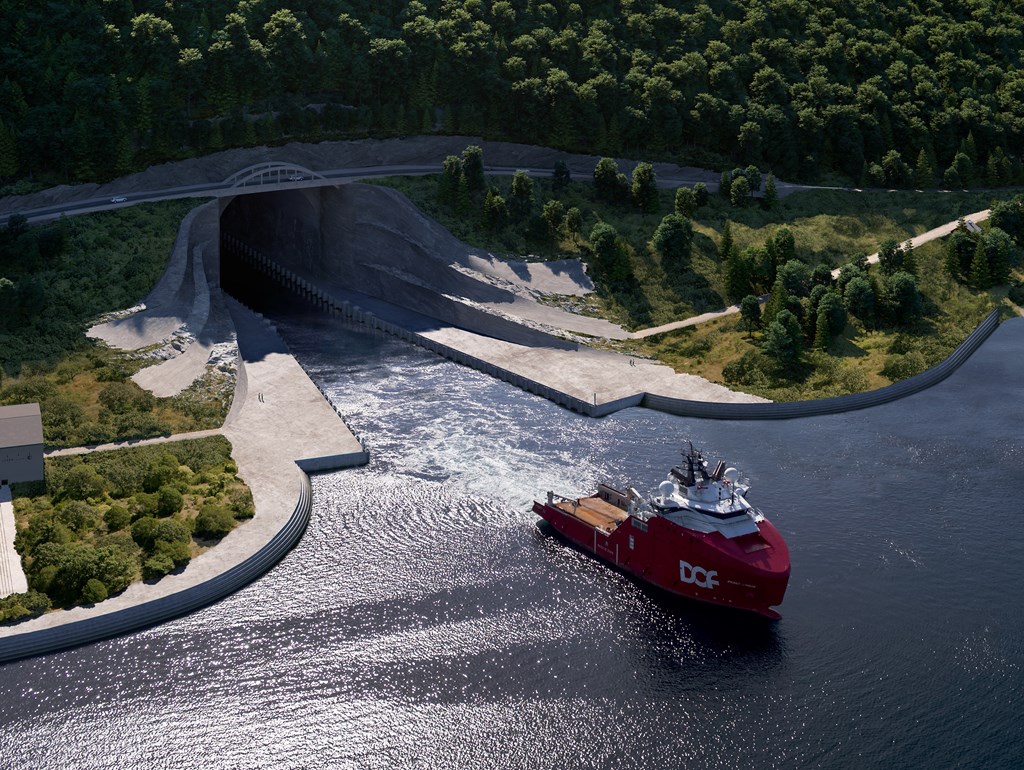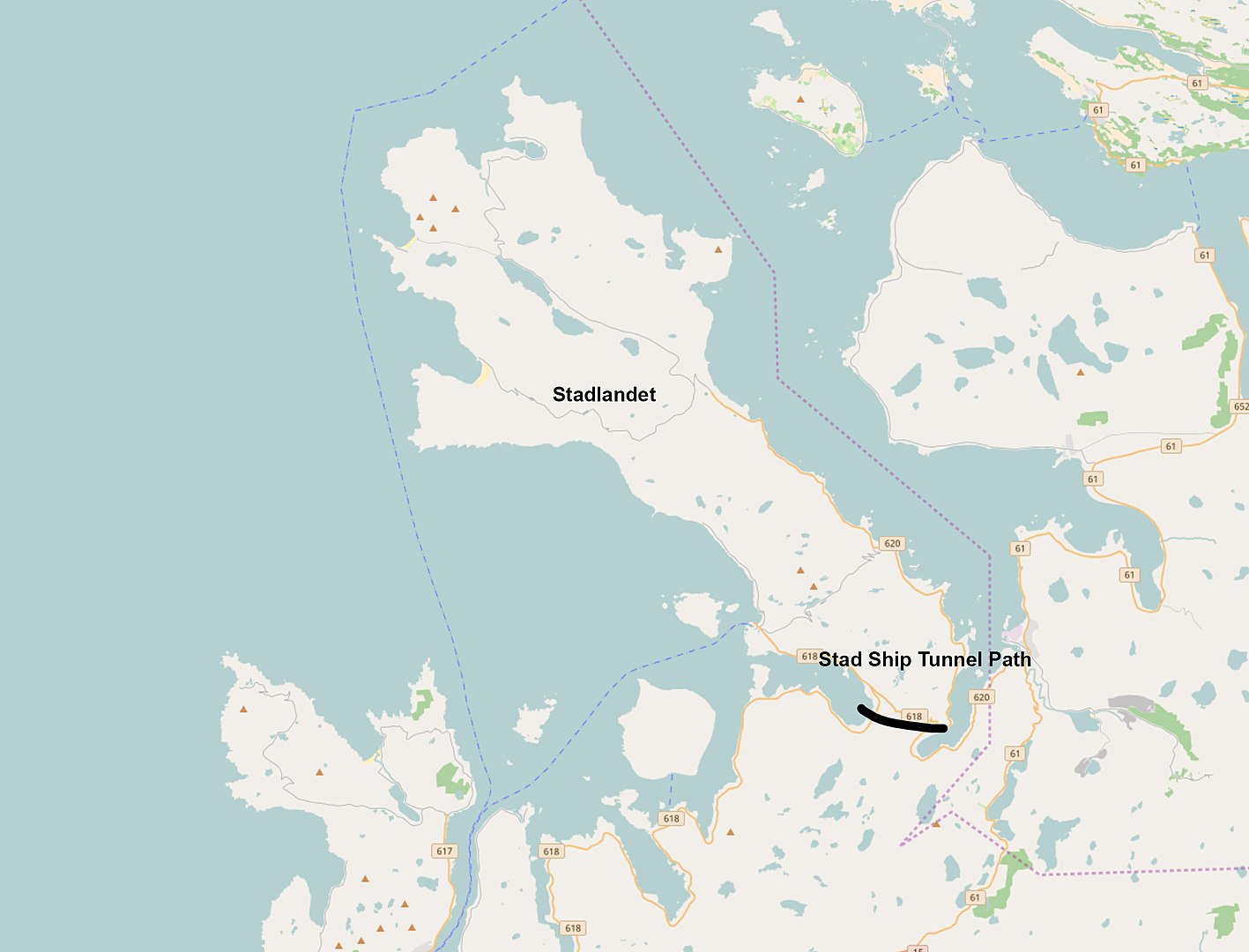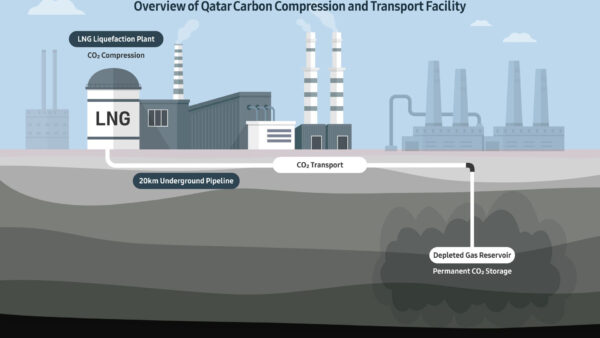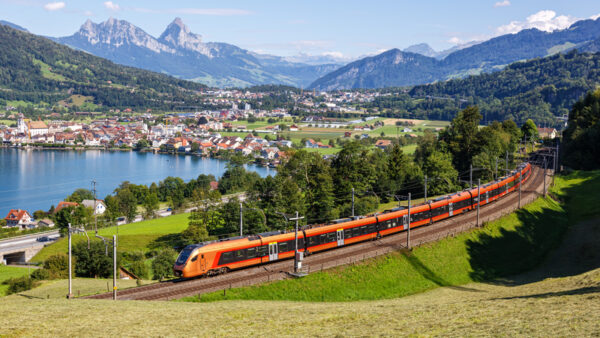
Six contractors are competing to build Norway’s Stad ship tunnel, a 1.7km long underground canal that will let ships avoid going around the Stadlandset peninsula in southern Norway.
The peninsula is surrounded by the Stadhavet Sea, which is infamous for its maelstroms created by the meeting of waters from the North and the Norwegian seas.
Thirty-three people have died in maritime accidents there in the past 80 years.
According to the Tunnelling Journal website, the six in the running are:
- A joint venture of Skanska (Sweden) and Vassbakk og Stol (Norway);
- AF Gruppen Norge (Norway);
- A Chinese consortium of PowerChina International, Sichuan Road and Bridge and Sinohydro Bureau 7;
- Eiffage Civil Engineering (France);
- A joint venture of two China Communications subsidiaries: China Road and Bridge and CCCC Second Highway Engineering;
- A joint venture between Acciona (Spain) and Bertelsen og Garpestad (Norway).
Harald Inge Johnsen, the scheme’s project manager, said: “We are pleased that so many solid contractors want to compete for the construction of the Stad ship tunnel. This ensures healthy competition among the bidders.”
The design-build contract, expected to be worth about $400m, was announced in November.

The Norwegian Coastal Administration (Kystverket) will review the bidders’ documents to determine if they meet the qualification requirements.
The administration aims to complete the evaluation process by the end of March. The best-qualified contractors and joint ventures will then be invited to submit bids.
If everything goes as planned, the contract could be signed in the autumn, with construction starting in early 2026 and lasting about five years.
Johnson added: “The greatest challenge for the contractors will likely be the tunnel portals. These will be as large as the tunnel itself – 50m high and about 40m wide. That is approximately seven times higher than a road tunnel.”
- Subscribe here to get stories about construction around the world in your inbox three times a week
Further reading:






